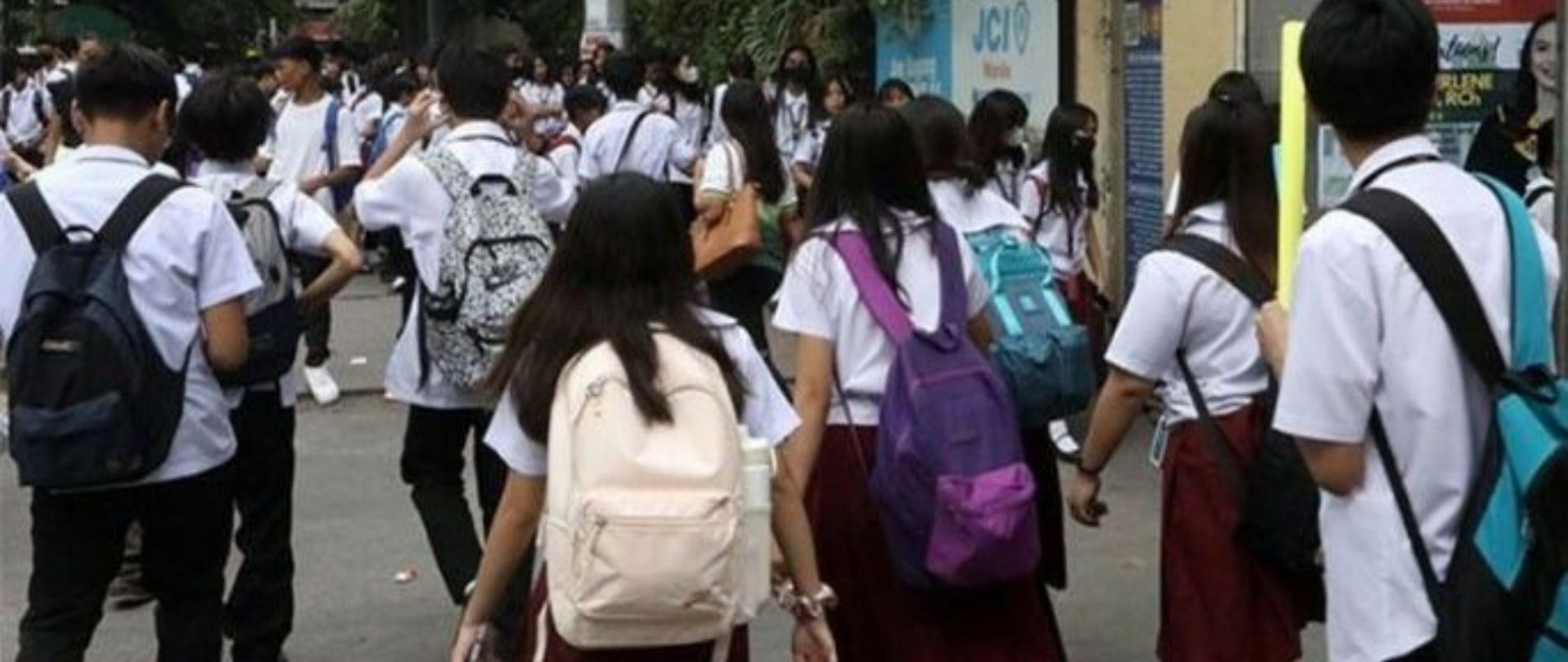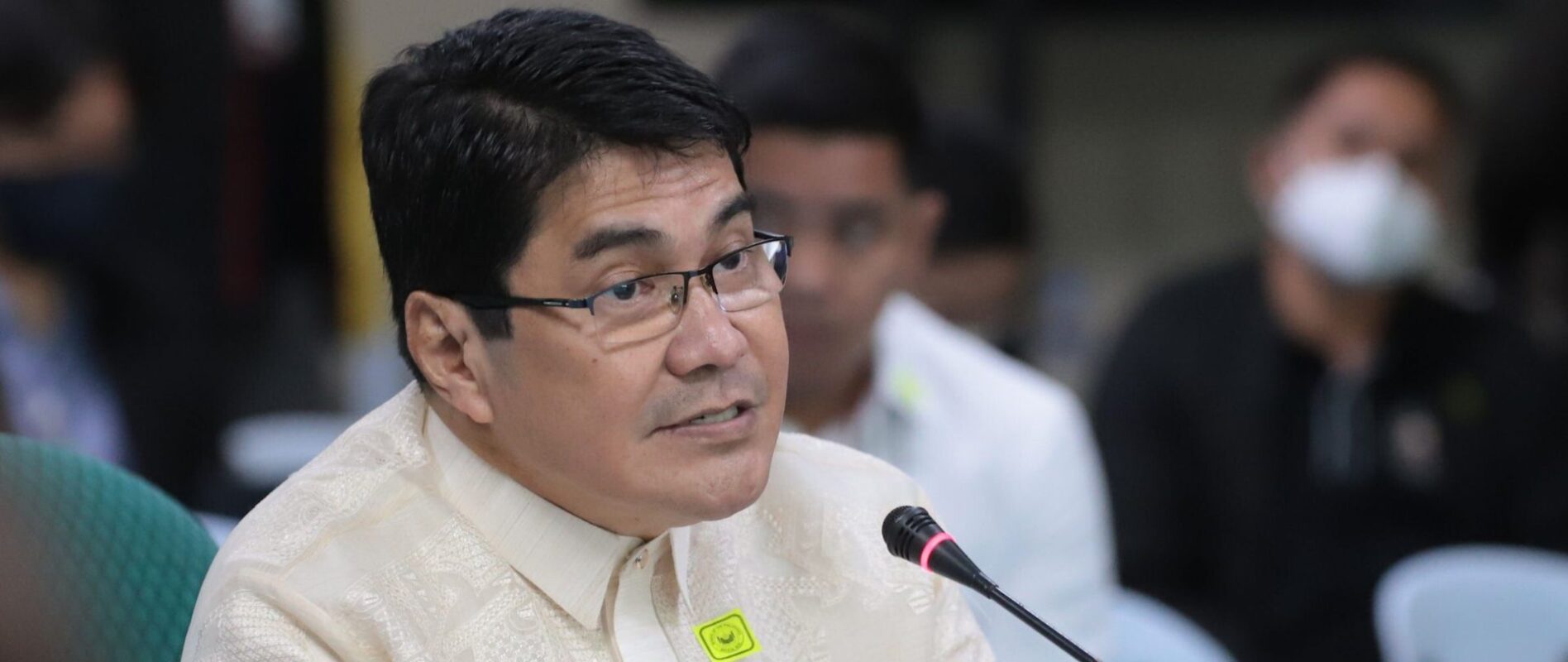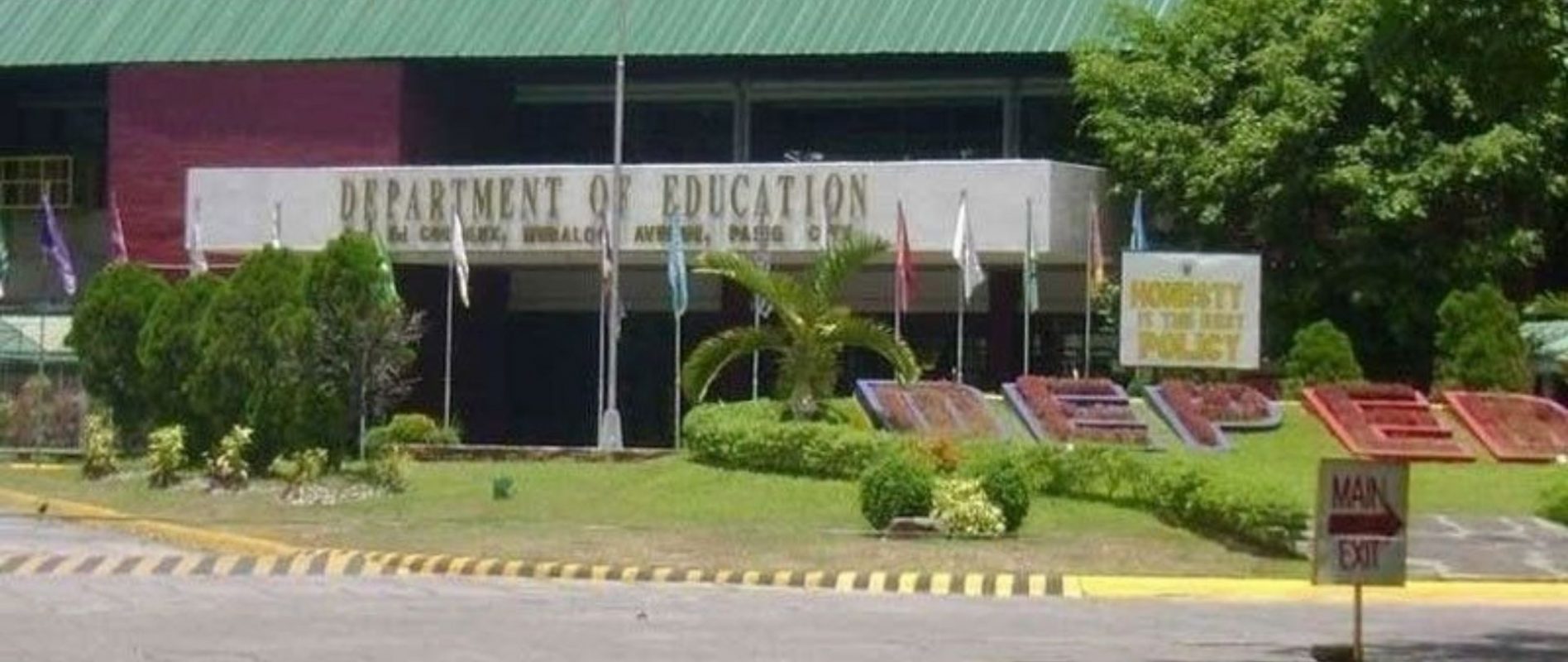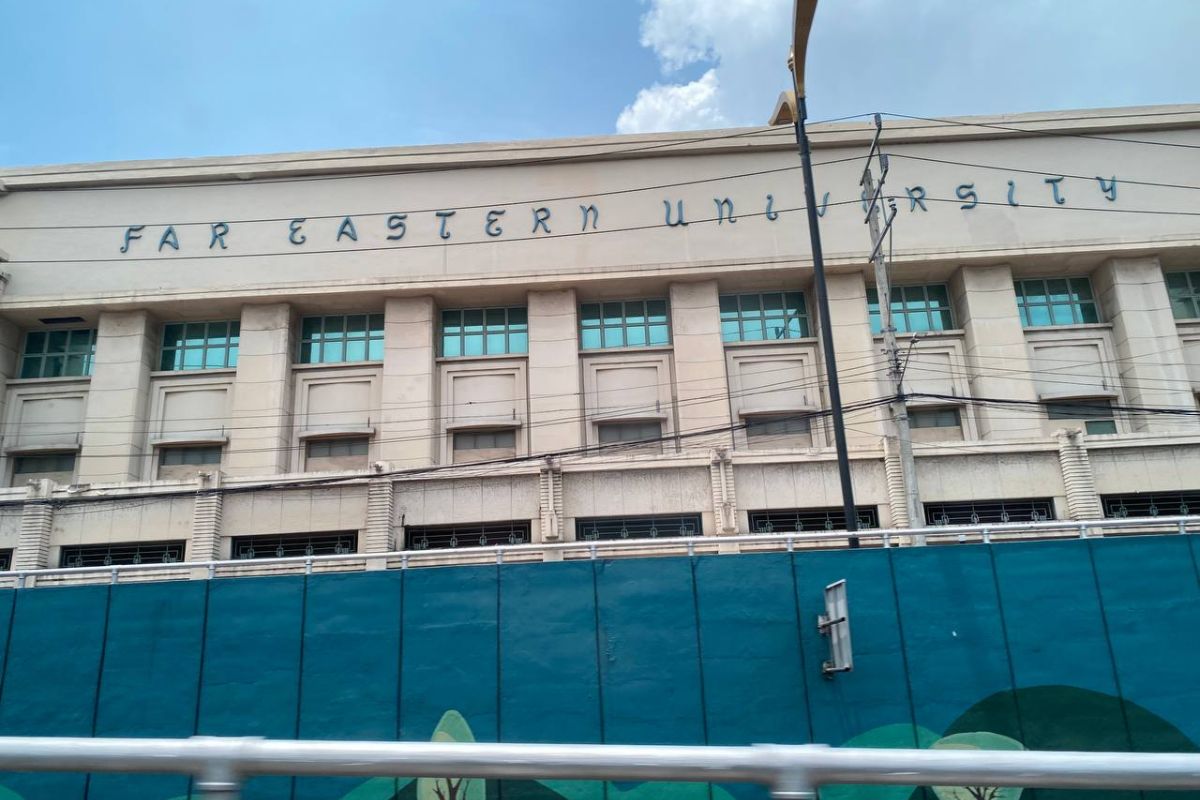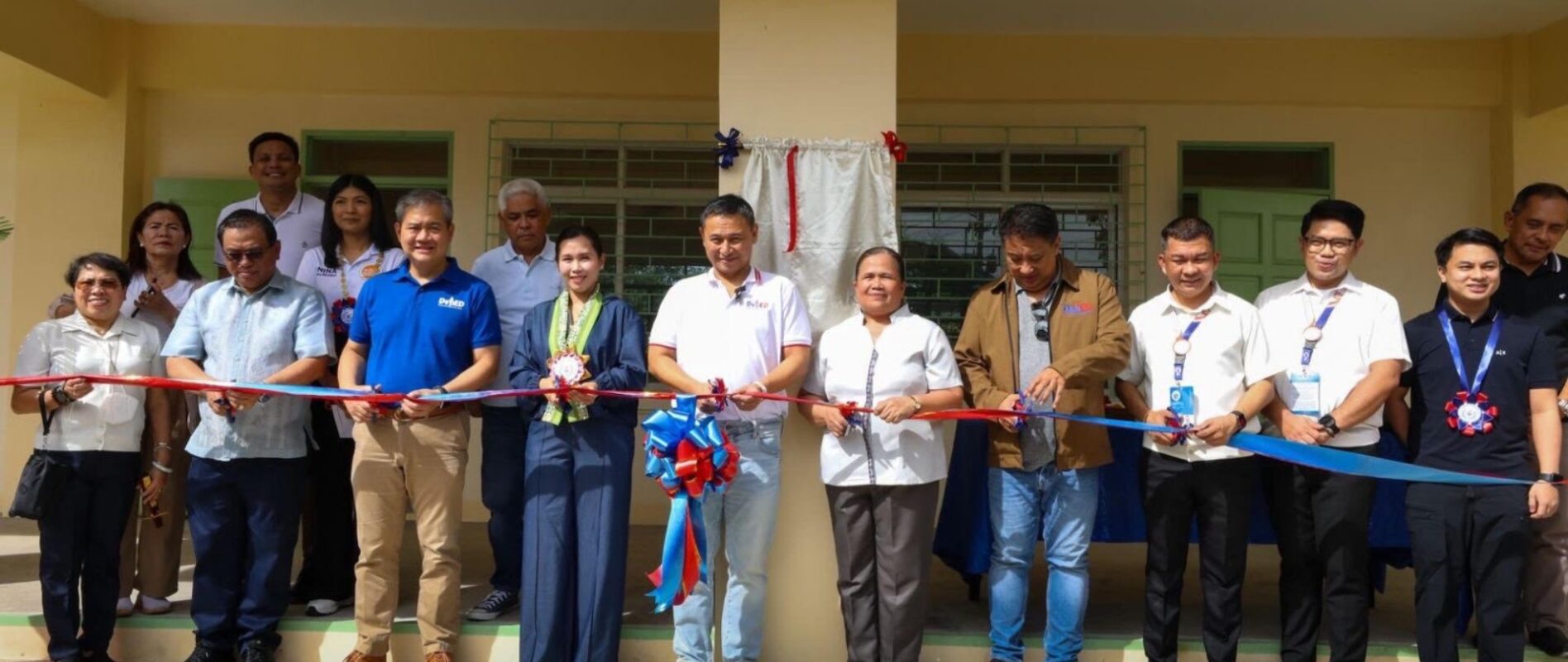SEVERE CONGESTION IN ELEMENTARY SCHOOLS IN NCR, CALABARZON, REGION XII, BARMM – STUDY
THE SECOND Congressional Commission on Education (EDCOM 2) underscored critical findings from the discussion paper “Low Fertility, Ageing Buildings, and School Congestion in the Philippines: Tailwinds, Headwinds, and Some Policy Options” released by the Philippine Institute of Development Studies (PIDS).
While the country’s declining fertility rate offers a potential “tailwind” to ease classroom congestion, the study reveals that regions such as the National Capital Region (NCR), CALABARZON (Region IV-A), Region XII, and the Bangsamoro Autonomous Region in Muslim Mindanao (BARMM) continue to face severe and persistent infrastructure backlogs and aging school buildings—challenges that demand highly targeted interventions.
The study, PIDS Discussion Paper Series No. 2025-10, released in June 2025, projects a general decline in public school enrollment across most regions until 2040, and possibly until 2060, driven by reduced fertility. However, BARMM is an exception, with its school-age population projected to grow, resulting in increased public school enrollment in the region.
The paper provides a detailed spatial analysis of classroom congestion, revealing that, as of 2021, divisions within NCR, Region IV-A, Region XII, and BARMM recorded higher median student-to-classroom ratios in elementary schools compared to the national average.
In NCR, up to 90 percent of public elementary school students in the Northern Manila District were enrolled in congested schools (with at least a 1:50 student-classroom ratio). This was followed by the Southern Manila District—including Las Piñas, Makati, Muntinlupa, Parañaque, Pasay, Pateros, and Taguig—at 76.8%, and the Eastern Manila District—including Mandaluyong, Marikina, Pasig, Quezon City, and San Juan—at 60.1%. Above-average congestion levels were also reported in Rizal (66.0%) and Cavite (57.7%).
The study also found that the classroom shortage is most severe at the elementary level, followed by junior high school and senior high school.
Using population growth projections through 2040, the study shows that the highest student-classroom ratios will remain in NCR and surrounding provinces for both elementary and secondary levels over the next 15 years. Similar trends are expected in Cebu, Occidental Mindoro, BARMM, and SOCCSKSARGEN.
Even with fewer births, the country could still face a shortage of 58,000 to 81,000 classrooms by 2040 if no additional ones are built after 2021. The study notes that while school building programs are crucial in easing congestion, the Department of Education must also address the deterioration of existing school facilities. Investments in new classrooms have often gone toward replacing dilapidated buildings rather than expanding the total number of classrooms—falling short of meeting growing demand.
A significant number of public school rooms are already beyond their estimated useful life. Without new construction or repairs, projections show that only 18.6 percent of public school classrooms in 2023 will still be in good condition by 2040. The country’s exposure to natural disasters also requires frequent repairs or replacement of infrastructure, even for relatively new buildings.
“As DepEd ramps up efforts to address the backlog of 165,000 classrooms, it is imperative to consider four factors: population growth, vulnerability to disasters, projected wear-and-tear of existing facilities, and available private school capacity within the community,” said EDCOM 2 Executive Director Dr. Karol Mark Yee.
“By looking at these factors collectively, we can diversify our interventions, break down silos in resourcing, and ensure our efforts directly contribute to improved learning outcomes,” he added.
“We cannot continue with a business-as-usual approach to address the country’s classroom shortage. We need innovative, multi-pronged solutions,” said EDCOM 2 Co-Chairperson Senator Sherwin Gatchalian. “One strategy I’ve been pushing is a counterpart program where local government units (LGUs) and the national government share the cost of building new classrooms. This way, multiple LGUs can construct classrooms simultaneously,” he added.
Gatchalian also advocates for tapping public-private partnerships and expanding the Government Assistance to Students and Teachers in Private Education (GASTPE) to help ease congestion in public schools.
EDCOM 2 Co-Chairperson Rep. Roman Romulo had earlier also raised concerns about the issue.
“Yung sa congestion of classes po kasi, hindi talaga magwo-work itong double shifting—nakakapagod masyado ‘yan. Draining ‘yan. At hindi pa rin sapat ang technology to deliver a good alternative mode of learning. Either puspusan natin yung pag-build ng classrooms o i-expand na natin yung options,” Romulo said.

